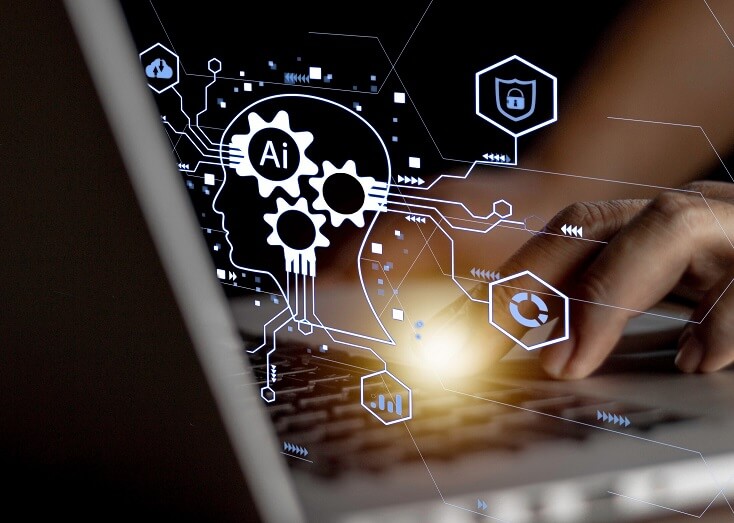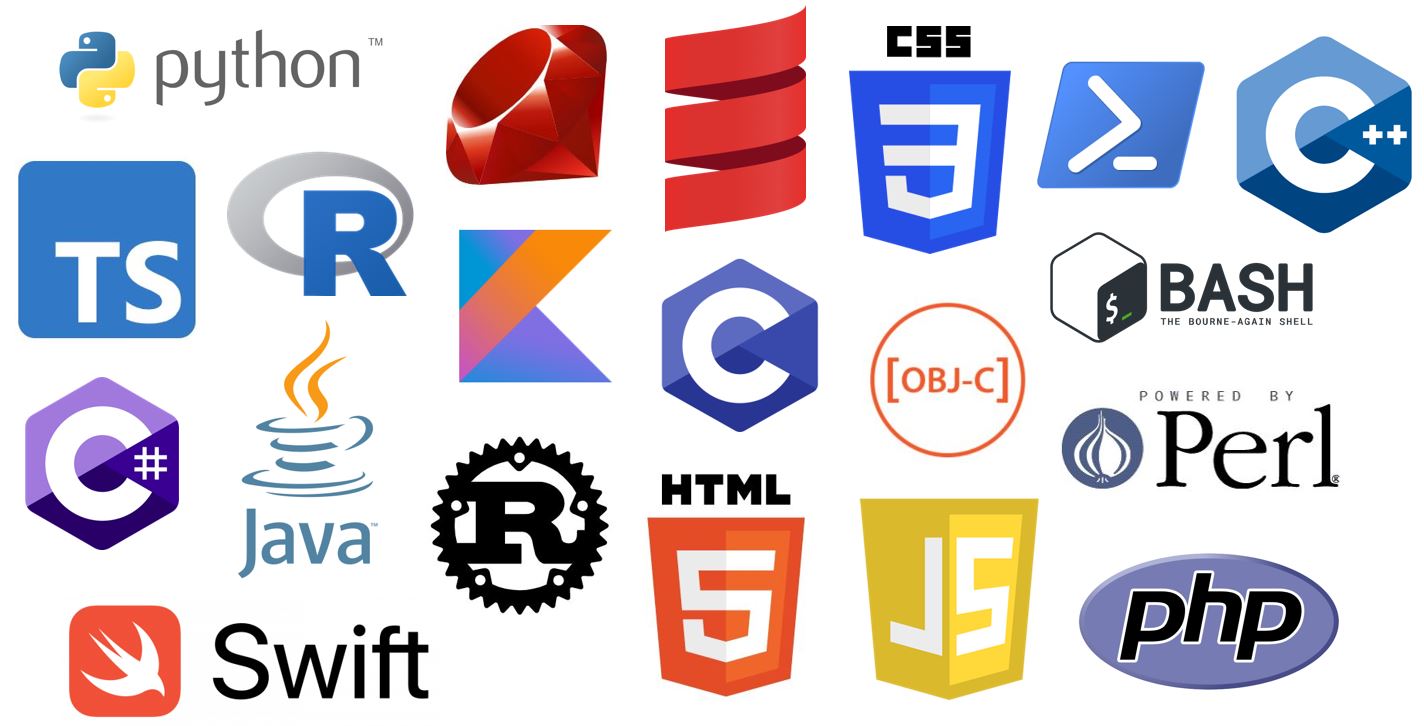
Bridging the Developer Skills Gap: IBM’s Innovative Use of AI
In a bid to tackle the ongoing developer skills gap, IBM has introduced a suite of generative AI tools that aim to modernize coding practices. The heart of this initiative lies in the company’s watsonx platform, which employs advanced AI capabilities to assist enterprises in translating legacy code, specifically COBOL, into more contemporary languages like Java.
 IBM’s AI tools are redefining development standards.
IBM’s AI tools are redefining development standards.
The Launch of watsonx Code Assistant
Recently, IBM unveiled the watsonx Code Assistant at the well-regarded IBM TechXchange conference held in Las Vegas. This tool is powered by the newly introduced Granite 3.0 foundational model, which expands on IBM’s commitment to integrating AI into business environments. Granite 3.0 boasts multiple models, including those designed to prioritize ethical use and fairness in coding practices.
Dario Gil, IBM’s SVP and director of research, emphasized that releasing these tools under the Apache2 license significantly sets IBM apart in the industry, aiming to foster greater transparency and collaboration.
Expanding Language Support
One of the most notable advancements in this release is the training of the Granite model on 116 programming languages. While popular languages such as Java, Python, and JavaScript will receive the majority of attention, IBM’s long-term vision includes supporting a wider array of languages, including Rust and C#. Keri Olson, VP of product management at IBM, shared,
“We’re certainly not going to stop there. We will continue to build on that with additional programming languages coming into our Tier One category.”
 Granite 3.0 supports a variety of programming languages, enhancing developer productivity.
Granite 3.0 supports a variety of programming languages, enhancing developer productivity.
Analyzer Capabilities and User Adoption
Intriguingly, companies like Nvidia and Hugging Face are aligning with the Granite model, integrating its capabilities into their platforms to enhance coding environments. Furthermore, IBM’s Code Assistant is already showing promise in organizational settings, where it has been used for code documentation and test case generation with remarkable time efficiencies. For instance, teams observed a 90% reduction in the time required to document complex codebases when employing this AI tool.
Olson highlighted one specific case where a team went from nearly three minutes per file down to just twelve seconds using the AI’s assistance, showcasing not just efficiency but also the accuracy of the tools.
AI as an Augmentation Tool
Despite the transformative potential of these tools, IBM is keen to stress that their aim is to augment—not replace—developers. As Olson stated, the developer remains central to the coding process, and AI tools are merely designed to alleviate some of the more tedious aspects of their work. Analyst Patrick Moorhead cautioned against fears of job displacement:
“Those who study history know that these fears of net job loss are historically overblown.”
 The future of development relies on human-AI collaboration, rather than replacement.
The future of development relies on human-AI collaboration, rather than replacement.
Overcoming Skepticism and Industry Challenges
While IBM is optimistic about the integration of AI into development workflows, skepticism remains in the broader developer community. Concerns about job replacement and the capabilities of AI tools persist, but experts agree that the focus should be on enhancing existing skill sets rather than eliminating them. Dion Hinchcliffe of The Futurum Group claims that the real challenge will lie in how effectively IBM communicates the value of augmentative tools without fostering fear.
“IBM is delivering advanced tools… that help push the envelope compared to other coding copilots,” he noted, encouraging a mindset shift towards embracing these technologies.
Conclusion
Looking forward, IBM’s proactive approach to integrating generative AI into the coding ecosystem holds significant promise. With a rich set of features designed to empower developers through better productivity, IBM seeks not only to fill the existing skills gap but also to lead the way in the ever-evolving digital landscape. Encouraging developers to see AI as a partner in the software development life cycle is crucial for the future of both the industry and its workforce.
As IBM continues to innovate, the impact of AI on the developer landscape will undoubtedly unfold, galvanizing a new era in programming that harmonizes human talent with technological advancement.















